Home>diy>Building & Construction>Who Was The Architect Of The Capitol Building
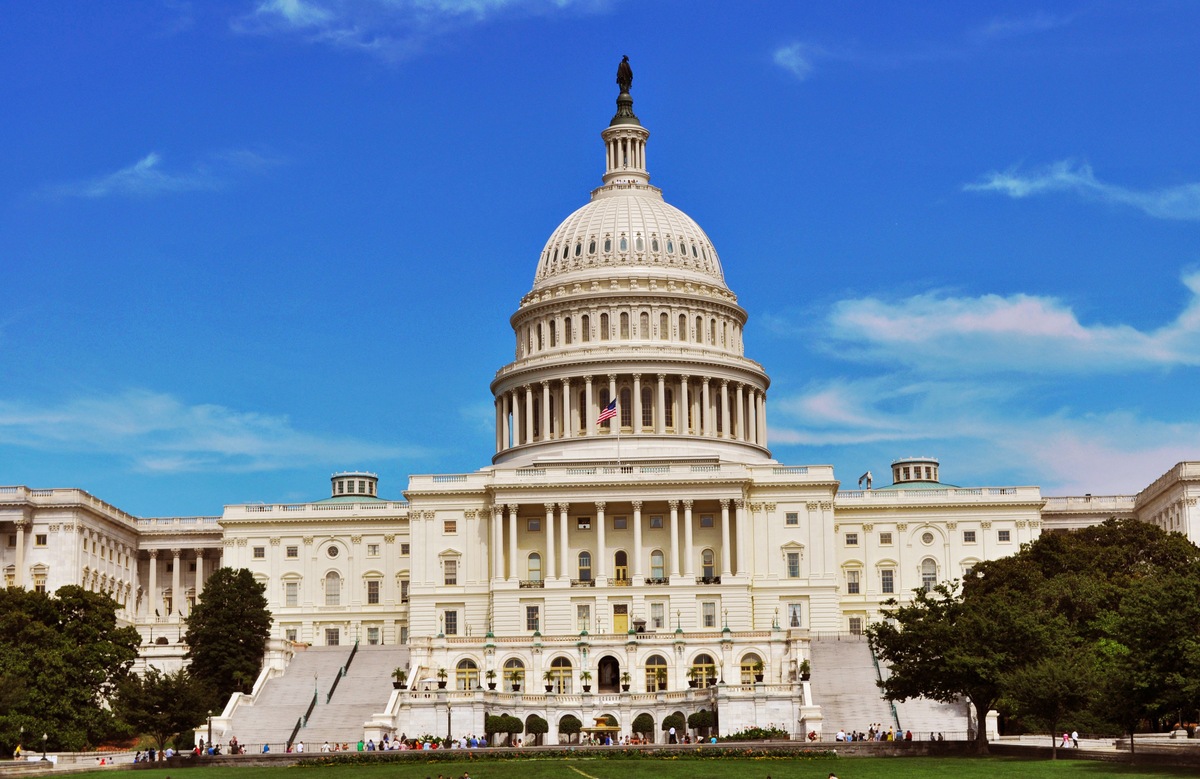

Building & Construction
Who Was The Architect Of The Capitol Building
Modified: December 7, 2023
Discover the brilliant mind behind the construction of the iconic Capitol Building. Dive into the architectural genius that shaped this historic landmark.
(Many of the links in this article redirect to a specific reviewed product. Your purchase of these products through affiliate links helps to generate commission for Storables.com, at no extra cost. Learn more)
Introduction
The Capitol Building, a prominent icon of the United States, stands majestically in Washington D.C., serving as the seat of the legislative branch of the federal government. Its neoclassical architecture, awe-inspiring dome, and historical significance make it a must-visit destination for tourists from around the world. But have you ever wondered who was the mastermind behind the design and construction of this magnificent structure?
In this article, we will delve into the fascinating history of the Capitol Building and uncover the identity of its renowned architect. We will explore the intricate details of its design, the rigorous construction process, and the ongoing responsibility of preserving its grandeur for future generations.
Let us embark on a journey through time and discover the genius behind the creation of the Capitol Building.
Key Takeaways:
- The Capitol Building, a symbol of American democracy, was designed by Dr. William Thornton and underwent significant expansions and renovations. The Architect of the Capitol plays a crucial role in its ongoing preservation and maintenance.
- The Capitol Building’s notable features, including the iconic dome and the Rotunda, reflect the nation’s commitment to preserving its democratic heritage. Ongoing maintenance and preservation efforts ensure its grandeur for future generations.
Historical Background
The history of the Capitol Building dates back to the early days of the United States of America. After gaining independence from British rule in 1776, the young nation sought to establish its own capital city. In 1790, Congress passed the Residence Act, which designated a federal district along the Potomac River to serve as the capital. This district would later become Washington D.C.
The construction of the Capitol Building was an essential part of the plan to create a seat for the federal government. The location, known as Jenkins Hill, was chosen as the site for this monumental structure. The construction began in 1793, with the vision of creating a building that would symbolize the ideals and aspirations of the new nation.
The original design of the Capitol Building was the vision of Dr. William Thornton, a British architect. His plan incorporated elements of neoclassical architecture, drawing inspiration from ancient Greek and Roman buildings. However, due to various challenges and financial constraints, the construction progressed slowly.
Throughout its history, the Capitol Building has undergone significant modifications and expansions. In 1814, during the War of 1812, invading British forces set fire to the Capitol, causing extensive damage. It was subsequently rebuilt and expanded under the guidance of architect Benjamin Henry Latrobe, who introduced additional improvements to the design.
Over the years, the Capitol Building continued to evolve and expand to accommodate the growing needs of the federal government. Various wings and extensions were added, resulting in the iconic structure we see today.
The historical background of the Capitol Building highlights the enduring importance of this architectural marvel as a symbol of American democracy and the seat of legislative power.
Design and Construction
The design of the Capitol Building showcases a blend of architectural styles, primarily neoclassical and American Federal. The main inspiration for the design came from ancient Greek and Roman architecture, with a focus on symmetry, columns, and grandeur.
The construction of the Capitol Building was a massive undertaking that spanned several decades. The initial phase involved the laying of the foundation and the construction of the central portion of the building, which included the iconic Rotunda and the Senate and House Chambers.
The materials used in the construction were carefully chosen to ensure durability and a timeless aesthetic. The outer walls were made of sandstone quarried from local sources, while the interior featured marble from various states in the United States. The impressive dome, which became an iconic symbol, was constructed using cast iron and covered with a layer of copper.
To bring the design to life, a team of skilled architects, engineers, and laborers worked diligently on the construction. The process involved meticulous planning, precise measurements, and attention to detail to ensure the structural integrity and visual appeal of the building.
One of the significant challenges faced during the construction was the availability of funds. The project experienced financial difficulties at various points, leading to delays in the construction process. However, the determination and commitment of the architects and workers kept the project moving forward.
The construction of the Capitol Building underwent several significant milestones and expansions over the years. The East Front was constructed in the mid-19th century, followed by the addition of the West Front in the early 20th century. These expansions added more office space and enhanced the overall grandeur of the building.
Despite the challenges faced during the construction, the Capitol Building was completed and inaugurated in 1800. Since then, it has undergone continuous renovations and refurbishments to ensure its beauty and functionality are maintained for future generations.
The design and construction of the Capitol Building exemplify the skill and dedication of the architects, engineers, and craftsmen involved in creating this iconic structure. Its timeless beauty stands as a testament to their vision and expertise.
Architect Selection Process
The selection of the architect for the Capitol Building was a crucial decision that would shape the design and execution of this monumental project. The process involved a series of considerations and evaluations to ensure the best candidate was chosen.
Initially, a competition was held to solicit design proposals from architects across the country. This competition aimed to gather innovative ideas and select the most impressive and suitable design for the Capitol Building. However, the competition yielded limited results, and it became apparent that a more direct approach was needed.
The responsibility of selecting the architect fell upon a committee appointed by President George Washington. The committee comprised members of Congress, primarily those from the Senate and the House of Representatives. They were entrusted with the task of evaluating the qualifications, experience, and design concepts of potential architects.
One of the key considerations in the selection process was the architect’s expertise in neoclassical architecture. Given the desire to embody the ideals of the young nation in the design, it was essential to appoint an architect who could effectively incorporate elements of classical architecture to create a symbol of American democracy.
Through a rigorous review process, the committee shortlisted several architects who demonstrated the required skills and understanding of the project’s significance. Ultimately, the committee selected Dr. William Thornton as the architect for the Capitol Building.
Thornton’s design proposal impressed the committee with its grandeur, symmetry, and classical influences. His vision aligned with the aspirations of the nation, and his experience as a physician, inventor, and amateur architect added a unique perspective to the project. Thornton’s design became the basis for the initial construction of the Capitol Building.
The architect selection process for the Capitol Building highlighted the importance of finding an individual with the right qualifications and vision to bring the project to life. The decision to appoint Dr. William Thornton proved to be instrumental in shaping the design and setting the stage for the construction of this iconic structure.
Architect of the Capitol
The Architect of the Capitol (AOC) is an important role responsible for the ongoing maintenance, preservation, and development of the Capitol Building and its surrounding grounds. The AOC is tasked with ensuring the functionality, safety, and visual appeal of this iconic structure, as well as preserving its historical significance.
The position of the Architect of the Capitol was established in 1793 as part of the legislation that authorized the construction of the Capitol Building. The AOC is appointed by the President of the United States and confirmed by the Senate.
The Architect of the Capitol oversees a team of skilled professionals, including architects, engineers, historians, and maintenance staff, who work together to fulfill the responsibilities associated with the position. The AOC is responsible for the preservation and maintenance of the structural and mechanical systems of the Capitol Building, as well as the coordination of renovations and construction projects.
In addition to the Capitol Building, the Architect’s responsibilities extend to other significant buildings and landmarks in the Capitol Complex, such as the Library of Congress, Supreme Court, and various congressional office buildings. The AOC ensures that these structures are well-maintained and provide a conducive environment for conducting the business of the federal government.
The Architect of the Capitol also plays a vital role in the development and beautification of the Capitol Grounds. This includes landscape planning, maintenance of gardens and trees, and the installation of artworks and monuments that contribute to the aesthetic appeal of the surroundings.
Furthermore, the AOC is responsible for the management and preservation of the extensive artworks and historical artifacts housed within the Capitol Building. This includes maintaining and curating the Capitol Art Collection, which features an impressive array of paintings, sculptures, and decorative objects that reflect the heritage and culture of the United States.
Overall, the role of the Architect of the Capitol is critical in ensuring the preservation, functionality, and beauty of the Capitol Building and its surroundings. Through their expertise and dedication, the Architect of the Capitol and their team work tirelessly to uphold the historical significance and grandeur of this iconic symbol of American democracy.
The architect of the United States Capitol building was William Thornton, who won a design competition for the building in 1793.
Read more: Who Was The Architect Of The Woolworth Building? What Was The Final Cost Of The Building?
Role and Responsibilities
The role of the Architect of the Capitol (AOC) encompasses a wide range of responsibilities related to the maintenance, preservation, and development of the Capitol Building and the surrounding Capitol Complex. The AOC plays a crucial role in ensuring the functionality, safety, and visual appeal of these iconic structures.
One of the primary responsibilities of the AOC is the preservation and maintenance of the Capitol Building. This includes overseeing the structural integrity, electrical and mechanical systems, and the overall infrastructure of the building. Regular inspections and maintenance activities are carried out to identify and address any issues promptly.
Additionally, the AOC is responsible for coordinating and managing renovations and construction projects within the Capitol Building. This involves working closely with architects, engineers, and construction teams to ensure that projects are executed efficiently and adhere to the highest standards of quality and craftsmanship.
Historical preservation is another critical aspect of the AOC’s role. The Capitol Building is steeped in history, and the AOC is entrusted with preserving its historical significance and integrity. This includes the protection and conservation of historical artifacts, artworks, and architectural elements within the building.
The AOC also oversees the management of the Capitol Grounds, which involves landscape planning, maintenance of gardens and green spaces, and the installation of artworks and monuments. The goal is to create a visually appealing and inviting environment for visitors and staff alike.
As part of their responsibilities, the AOC is involved in the development and implementation of sustainability initiatives within the Capitol Complex. This includes energy efficiency measures, waste management, and the use of sustainable materials and practices to reduce the environmental impact of the buildings and operations.
The AOC also serves as an advisor to Congress on matters relating to the Capitol Building and the Capitol Complex. They provide expertise and guidance on architectural, engineering, and preservation matters, ensuring that decisions made regarding these structures are well-informed and aligned with best practices.
Collaboration and coordination with various stakeholders are key aspects of the AOC’s role. This includes working closely with congressional offices, government agencies, and external contractors to ensure the smooth functioning and continuous improvement of the Capitol Building and the Capitol Complex as a whole.
In summary, the role of the Architect of the Capitol is multifaceted, involving the preservation, maintenance, and development of the Capitol Building and the surrounding structures and grounds. Through their expertise and dedication, the AOC ensures that these iconic symbols of American democracy are well-maintained, functional, and visually captivating for generations to come.
Notable Features of the Capitol Building
The Capitol Building stands as a magnificent architectural marvel, boasting numerous notable features that make it a symbol of American democracy. Let’s explore some of the most remarkable aspects of this iconic structure:
- The Dome: The dome of the Capitol Building is perhaps its most recognizable feature. Standing at 288 feet tall, the cast-iron dome is crowned by the Statue of Freedom, a majestic bronze figure. The dome underwent an extensive restoration in recent years, preserving its grandeur and ensuring its structural integrity.
- The Rotunda: Located beneath the Capitol’s central dome, the Rotunda serves as the ceremonial heart of the building. The magnificent space features intricate frescoes, including the famous scene of the Apotheosis of Washington on the ceiling, depicting George Washington surrounded by allegorical figures.
- The Statuary Hall: Formerly the chamber of the House of Representatives, the Statuary Hall now houses a collection of statues donated by individual states. Each state is represented by two statues that depict prominent historical figures from their respective histories, creating a truly unique and dynamic display.
- The National Statuary Hall: Originally the old chamber of the House of Representatives, the National Statuary Hall is a captivating space adorned with statues of prominent historical figures from each state. It serves as a gathering place for special events and ceremonies.
- The Capitol Crypt: Located beneath the Rotunda, the Capitol Crypt is a circular chamber that was intended to be the final resting place for George Washington. Although Washington is not buried here, the Crypt remains an integral part of the Capitol Building, with its intricate columns and stunning design.
- The Brumidi Corridors: The Capitol Building is infused with numerous artistic masterpieces, particularly the Brumidi Corridors. These corridors feature captivating frescoes painted by Italian artist Constantino Brumidi, depicting scenes of American history and ideals.
- The Capitol Visitor Center: In recent years, the Capitol Visitor Center was constructed to enhance the visitor experience. This state-of-the-art facility provides educational exhibits, orientation films, and guided tours, allowing visitors to explore the rich history and significance of the Capitol Building.
These notable features of the Capitol Building contribute to its grandeur, artistic richness, and historical significance. They serve as a testament to the nation’s commitment to preserving its democratic heritage and providing a visually captivating experience for all who visit this iconic symbol of American democracy.
Maintenance and Preservation
The maintenance and preservation of the Capitol Building are of utmost importance to ensure its longevity and continued splendor as a symbol of American democracy. A dedicated team, led by the Architect of the Capitol (AOC), is responsible for implementing comprehensive maintenance and preservation strategies.
Regular inspections are conducted to identify any structural or mechanical issues that may arise. Prompt maintenance and repairs are carried out to address these issues and prevent further damage. The goal is to ensure that the building remains safe and functional for the lawmakers, staff, and visitors who frequent it.
Preservation efforts focus on maintaining the historical significance, architectural integrity, and visual appeal of the Capitol Building. This involves a wide range of activities, including the cleaning and restoration of the exterior stonework, the preservation of historical artifacts and artworks, and the conservation of decorative elements throughout the building.
The Capitol Building houses an extensive collection of paintings, sculptures, and decorative objects that require specialized care. Professional conservators carefully clean and restore these artworks to preserve their beauty and protect them from deterioration over time.
The AOC also implements sustainable practices in the maintenance and operation of the Capitol Building. Energy-efficient systems are installed, waste management strategies are employed, and environmentally friendly materials are used whenever possible to reduce the building’s carbon footprint.
Preserving the Capitol Building’s iconic dome is a particularly complex task. The cast-iron structure is periodically inspected and treated to prevent corrosion and ensure its structural integrity. In recent years, a major restoration project was undertaken to repair and repaint the dome, preserving its grandeur and visual impact.
Moreover, the Capitol Grounds receive special attention to ensure their beauty and functionality. Skilled gardeners and landscape specialists maintain the gardens, trees, and hardscape elements, creating a welcoming environment for visitors and enhancing the overall aesthetic of the Capitol Complex.
Historical accuracy is essential in all preservation efforts. Restorations and renovations are meticulously planned and executed to retain the authenticity of the building’s original design. This includes using materials and techniques consistent with the historical era of construction, ensuring that any additions or modifications are harmonious with the existing architecture.
The maintenance and preservation efforts for the Capitol Building are ongoing and require a continuous commitment to excellence. The dedication of the AOC and their team, combined with the utilization of modern technology and preservation practices, ensures that this iconic structure remains a beacon of American history and democracy for generations to come.
Conclusion
The Capitol Building stands as a symbol of American democracy, embodying the ideals and aspirations of a nation built on liberty and justice. Its neoclassical architecture, iconic dome, and rich history make it a revered landmark that attracts visitors from around the world.
From its historical background and design to its construction and preservation, the Capitol Building exemplifies the ingenuity and craftsmanship of its architects, engineers, and laborers. It serves as a testament to their dedication in creating a structure that would endure the test of time.
The role of the Architect of the Capitol is crucial in ensuring the ongoing maintenance, preservation, and development of this national treasure. Their responsibilities encompass not only the Capitol Building but also the surrounding structures and grounds that collectively make up the Capitol Complex.
The Capitol Building’s notable features, including the impressive dome, the Rotunda, and the Statuary Hall, showcase the architectural beauty and historical significance that define this iconic structure. Every aspect of the building is a testament to the nation’s commitment to preserving its democratic heritage.
Maintenance and preservation efforts play a vital role in safeguarding the Capitol Building for future generations. Through regular inspections, restoration projects, and sustainable practices, the building retains its grandeur while adapting to modern needs and environmental concerns.
As visitors explore the Capitol Building, they are immersed in a rich tapestry of history and democracy. The stories woven within its walls echo the struggles, triumphs, and debates that have shaped the nation. It stands as a tangible reminder of the enduring principles upon which America was founded.
In conclusion, the Capitol Building is not just a physical structure but a symbol of American values and democratic principles. It represents the strength, resilience, and determination of a nation striving for a more perfect union. As we gaze upon its majestic beauty, we are reminded of the importance of preserving our democratic heritage and working towards a brighter future for all.
Frequently Asked Questions about Who Was The Architect Of The Capitol Building
Was this page helpful?
At Storables.com, we guarantee accurate and reliable information. Our content, validated by Expert Board Contributors, is crafted following stringent Editorial Policies. We're committed to providing you with well-researched, expert-backed insights for all your informational needs.
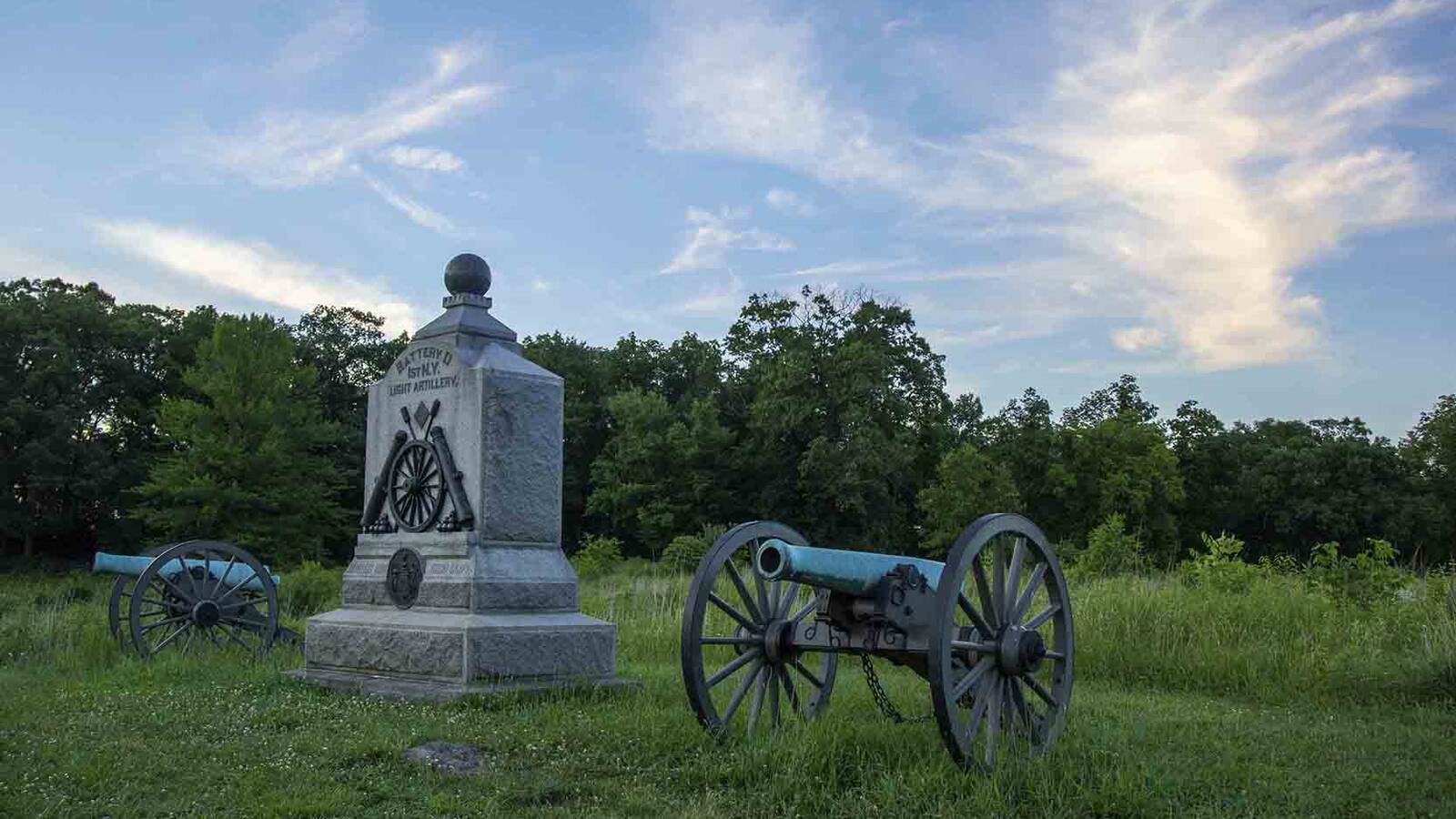


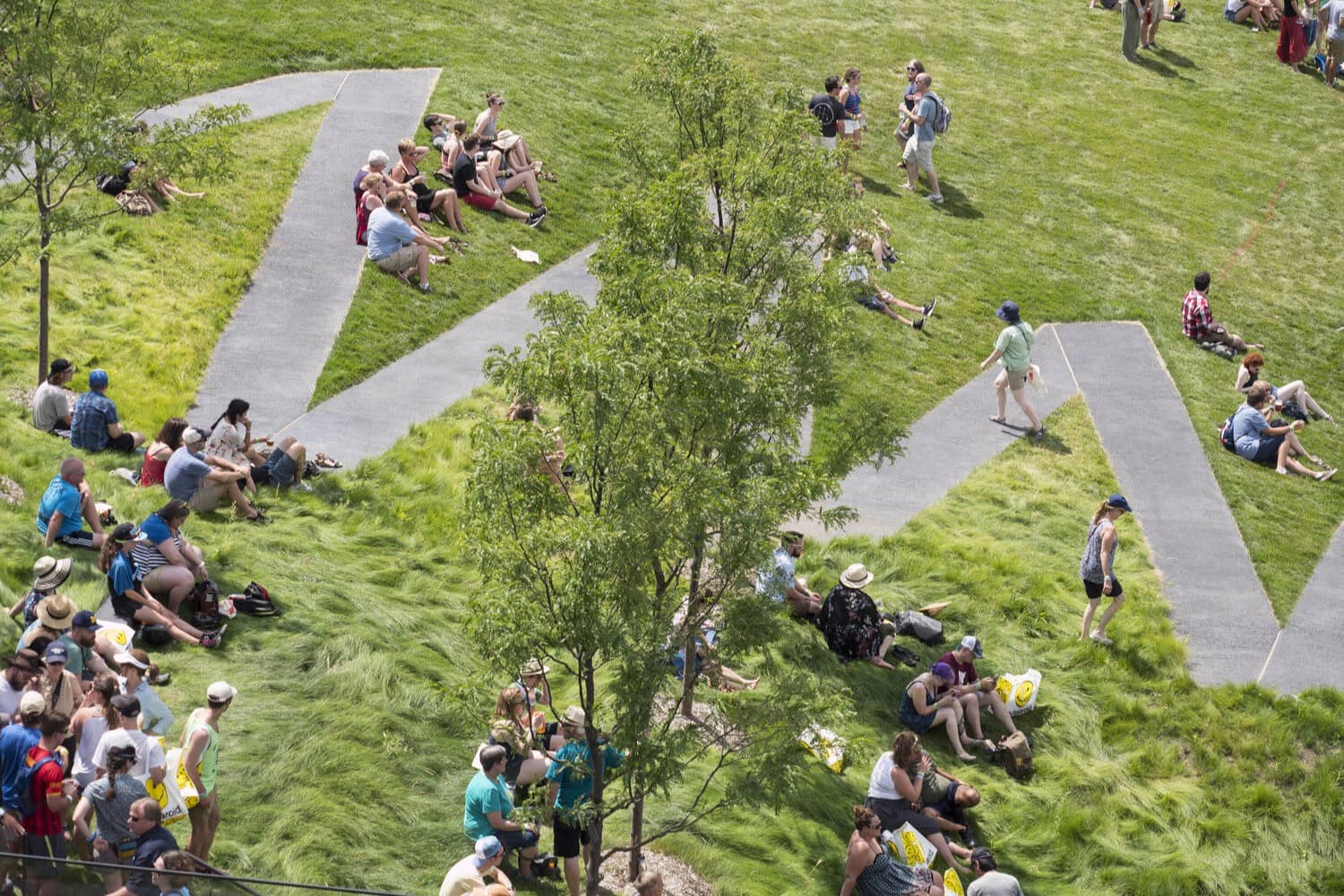
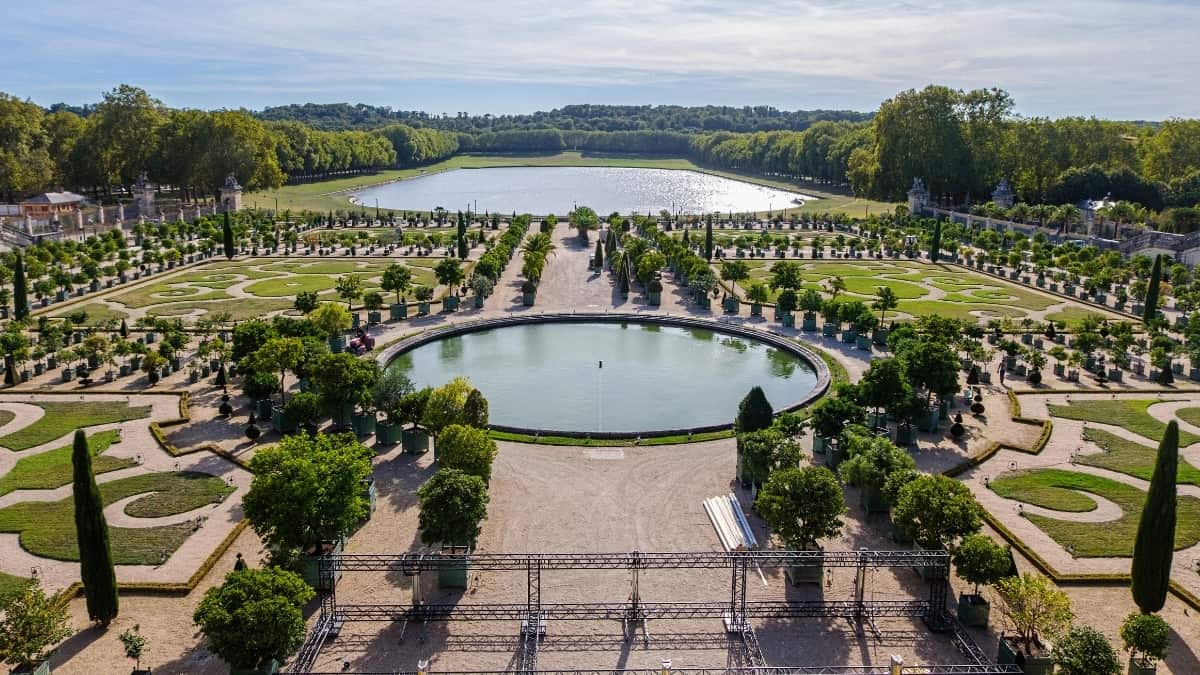
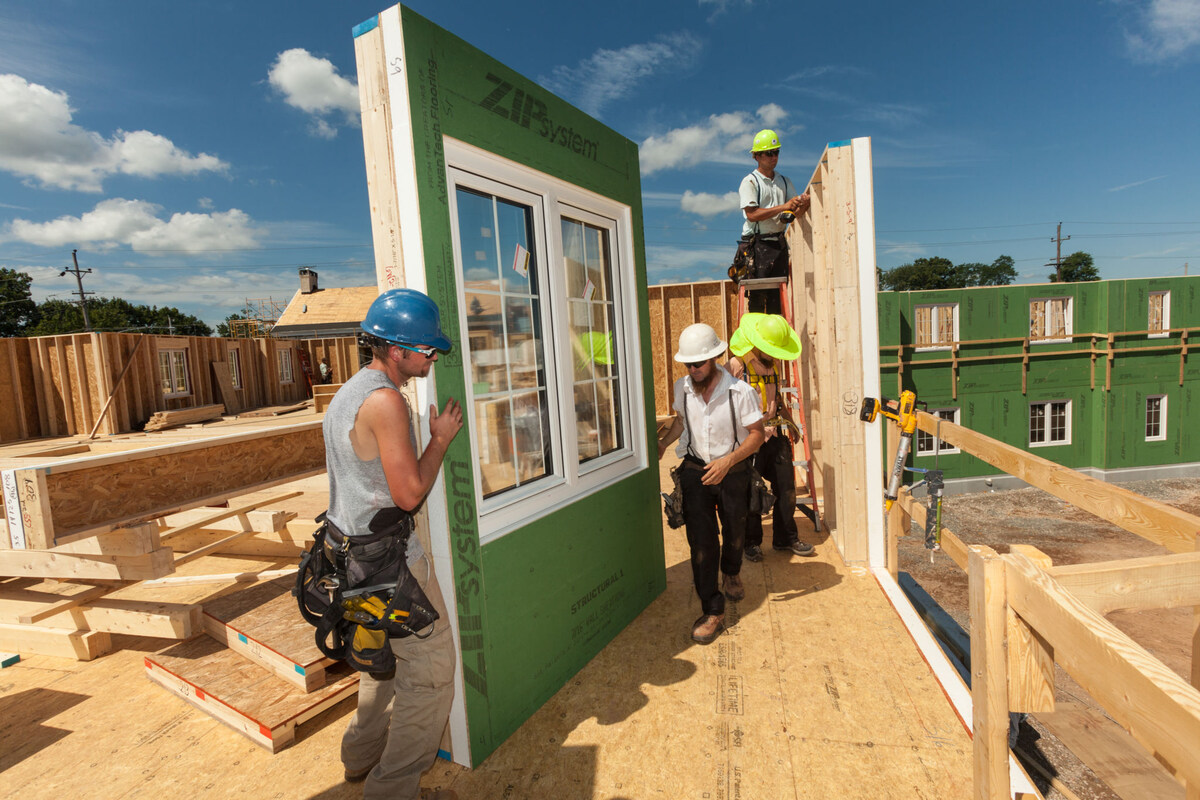
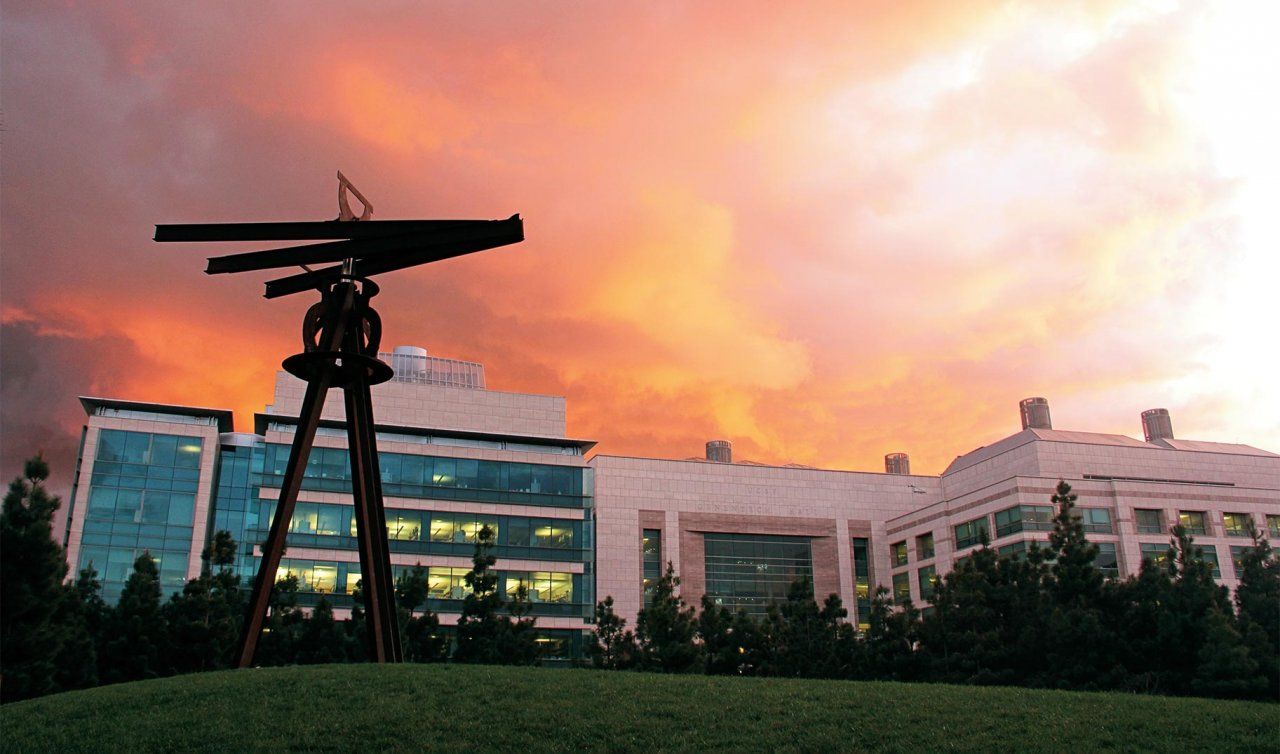
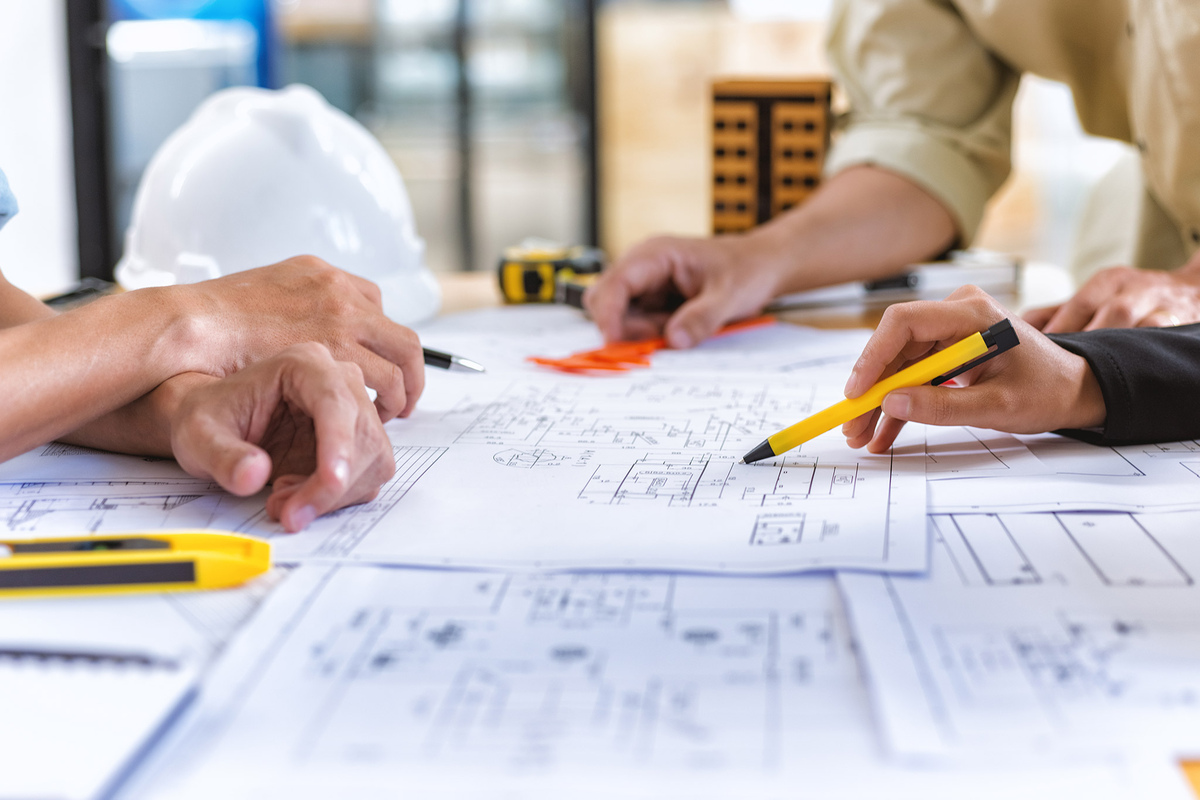
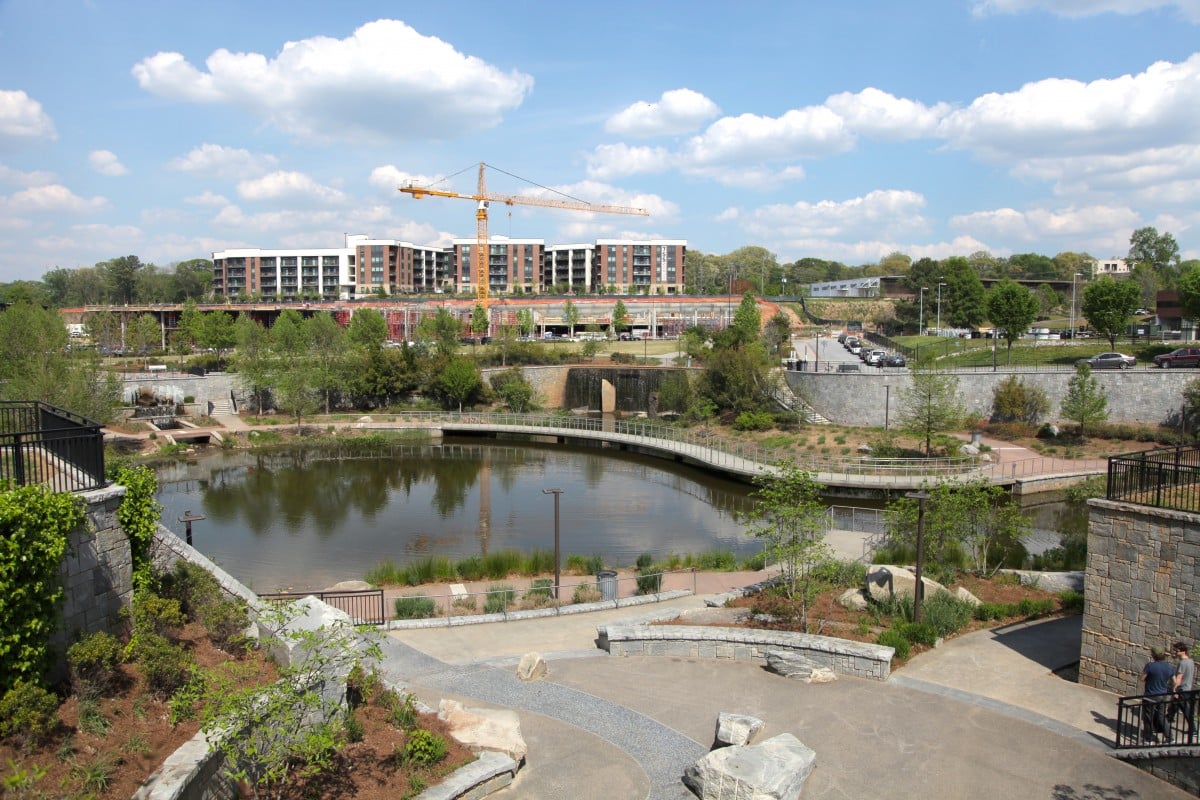


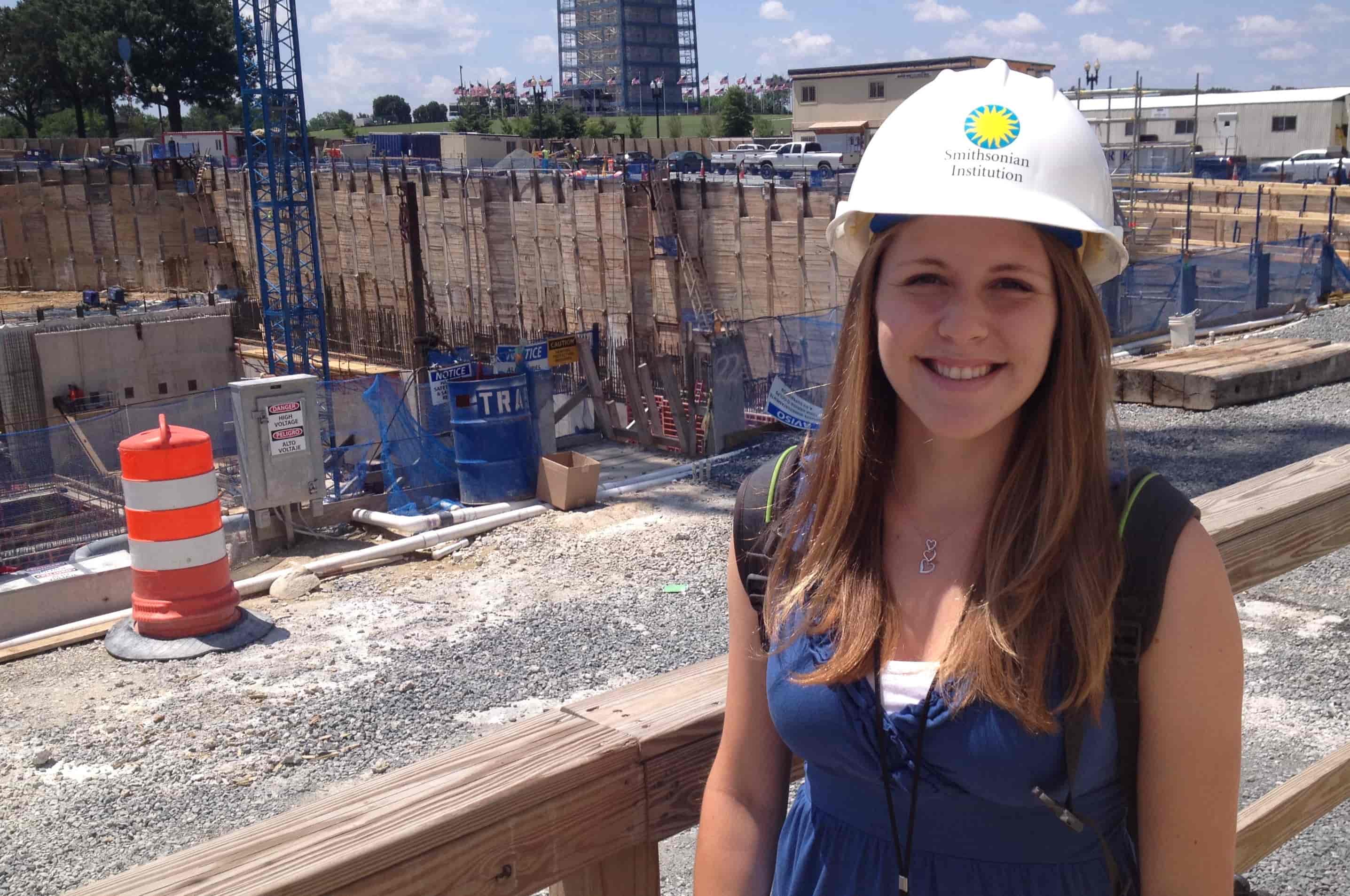
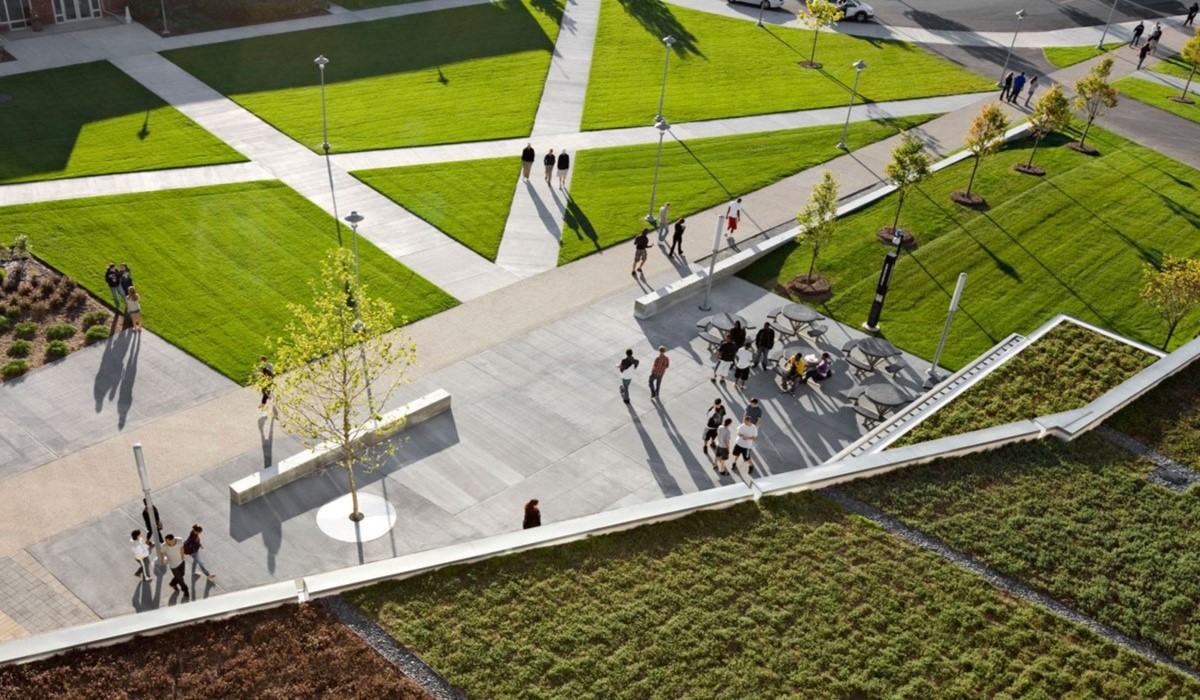


0 thoughts on “Who Was The Architect Of The Capitol Building”